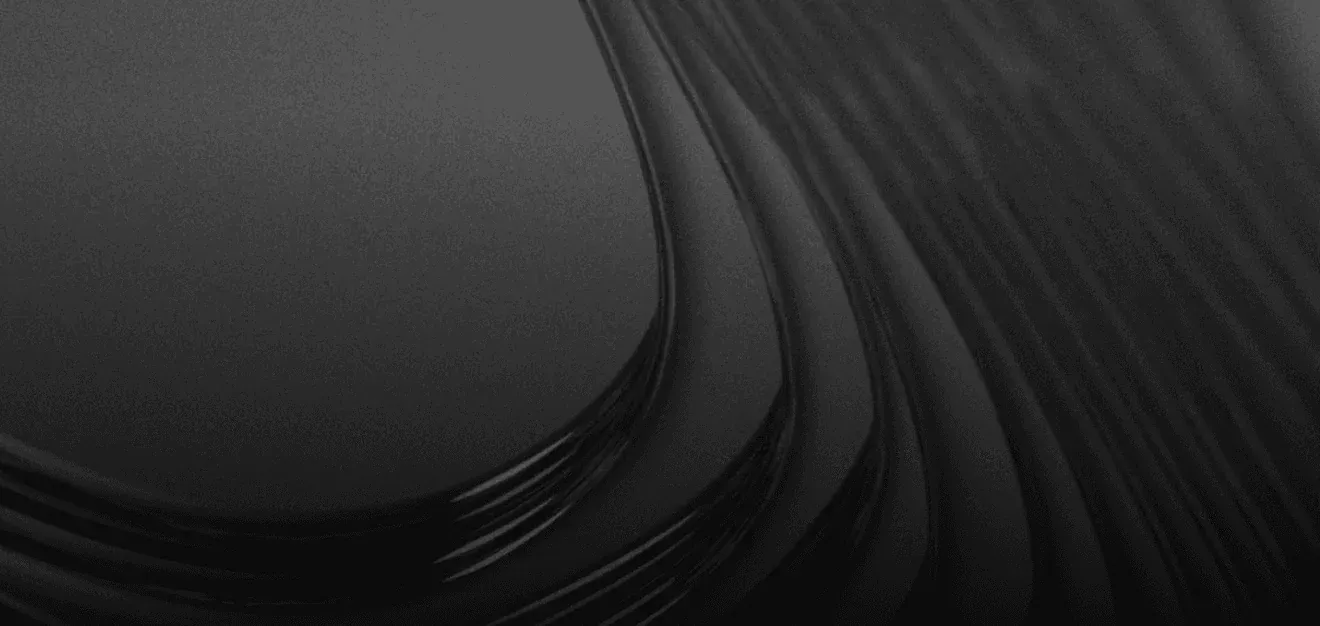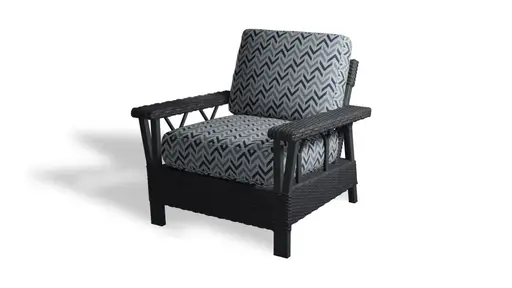
Table of Contents
The future is digital, and the fashion world is not far behind. We have all seen how 3D models are beginning to conquer clothing brand websites. But what if they started to walk the catwalks? Let’s take a look at how to optimize not only fashion models from programs like Marvelous Designer or CLO3D but also skinned animated models.
Why animated digital fashion models?
Digital fashion software models make it possible to create hyper-realistic garments, true to the real look. This type of model is perfect for E-Commerce clothing brands. However, the online world is no longer standing still, everything is now dynamic. In the last few years, video has overtaken photography in social media and marketing. Moving content allows you to teach more, explain better, and engage the viewer more. And this is the same in 3D. Thus, animated digital fashion models are the key.
The challenge: Geometry Optimization
These models are unlike any other type of hard-surface or organic model. They arise from 2D patterns, practically the same as those a dressmaker uses in the real world. These patterns and their stitching are the basis of the models, which is why their topology is often not very predictable. Optimizing this type of model can go wrong really quickly.
If, in addition, we are not only talking about models with strange topology, but we add a skinned animation -with a skeleton- optimization may seem impossible. This type of animation connects a controllable skeleton to each vertex of the model. How can I change this geometry without destroying the animation?
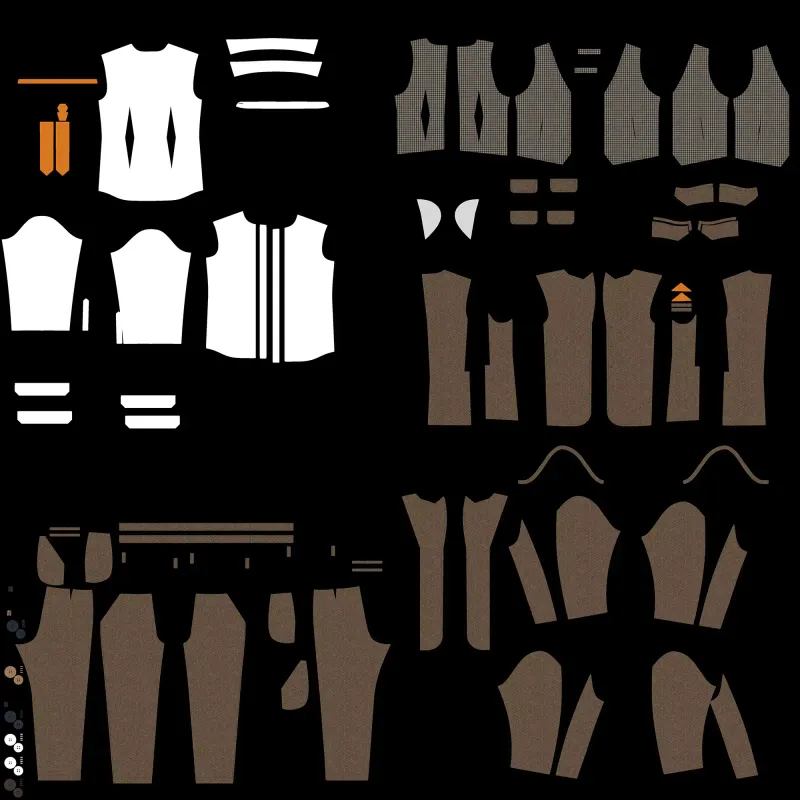
The Solution
Well, optimizing these models with RapidPipeline is just so easy. The complex topology of this suit from CLO3D can be reduced and simplified with Remeshing. In contrast to decimation, with this method, a completely new topology is created by shrink-wrapping. This is like wrapping the silhouette of the model in a completely new topology. As crazy as it sounds, the new geometry will keep the animation just as is in the input. Remeshing is perfect for digital fashion models, as it simplifies the topology. This has many advantages, such as the possibility to bake Ambient Occlusion without unwanted overlapping, as you can see in our mini-Showcase: Baking AO for fashion models.
However, our dancing suit model does need to be quite high poly to avoid undesired artifacts. To optimize it, we decided to go for just a 20% polygon reduction but using Draco Compression. This way, we could reduce the mesh size majorly.
In addition, with the Remeshing method, textures are baked into a new atlas. This gives you control over the resolution of the different channels to get the highest quality in your model at the smallest possible size. For the suit model, we decided to set the Base Color to a 2K texture, since it contains most of the details. the normal map with 1 K and the rest with 512 pixels.
The Result
Thus, we can reduce the original model of 77 MB MB and 1.4M faces to 5.6 MB and 1M faces. Our model is now ready to be published on a website. Oh, and you can also view it in AR with your mobile phone! Try it out in our Embed below.
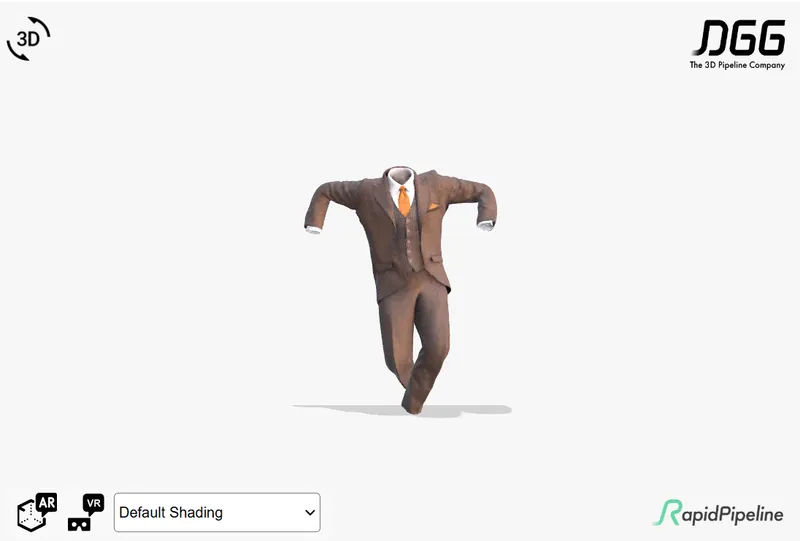
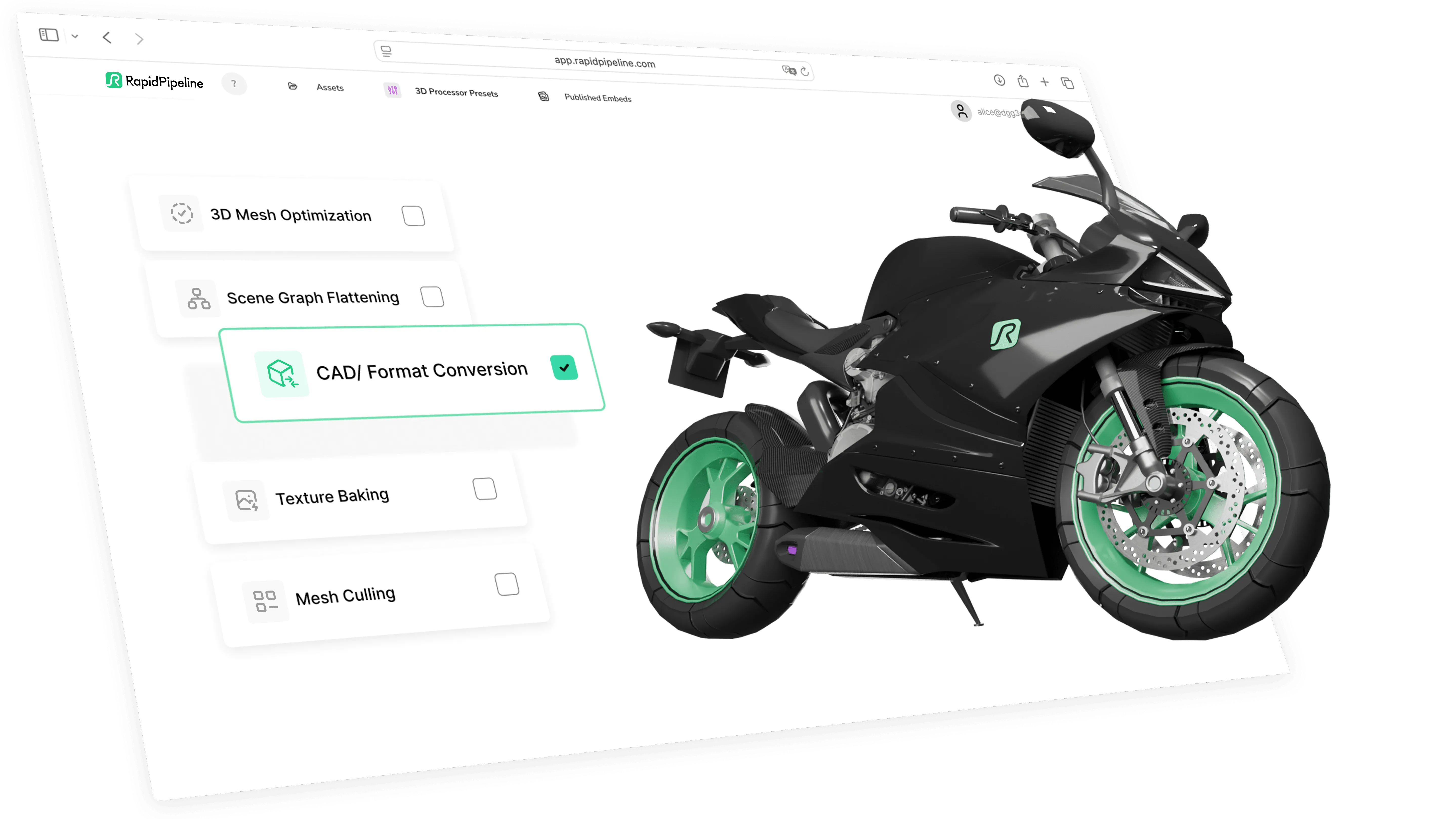
Disclaimer: Please note that some older IOS Devices might not display the animation on the model
Meet the Author

DGG Team
The 3D Pipeline Company
DGG is on a mission to connect the real and virtual by making 3D models as easy to handle as 2D images.
You might be interested in
